Pivotal year set for expanded infrastructure development
The Vietnamese government last week ordered authorities at all levels to remove obstacles for energy and transport infrastructure in 2025 to help manufacturing and processing engage more foreign investment.
“We will focus on speeding up construction of key infrastructure works and projects of national importance, especially strategic initiatives in the sectors of transport, energy, and response to climate change,” said Prime Minister Pham Minh Chinh.
The government has urged the completion of all projects which are under construction, and early construction of new ones, including expressways connected to airports, seaports, and railways, as well as urban areas and key economic regions.
“In 2025, construction of the [$18.7 billion] Long Thanh International Airport in the southern province of Dong Nai, and ports at the Lach Huyen area in the northern city of Haiphong must be almost completed, while construction of Lien Chieu port in the central city of Danang must start,” PM Chinh said.
The government has also set a target that by late 2025, 3,000km of expressways and more than 1,000km of coastal roads will be completed. A plan to resume the development of a nuclear power initiative in the south-central province of Ninh Thuan will also begin in 2025.
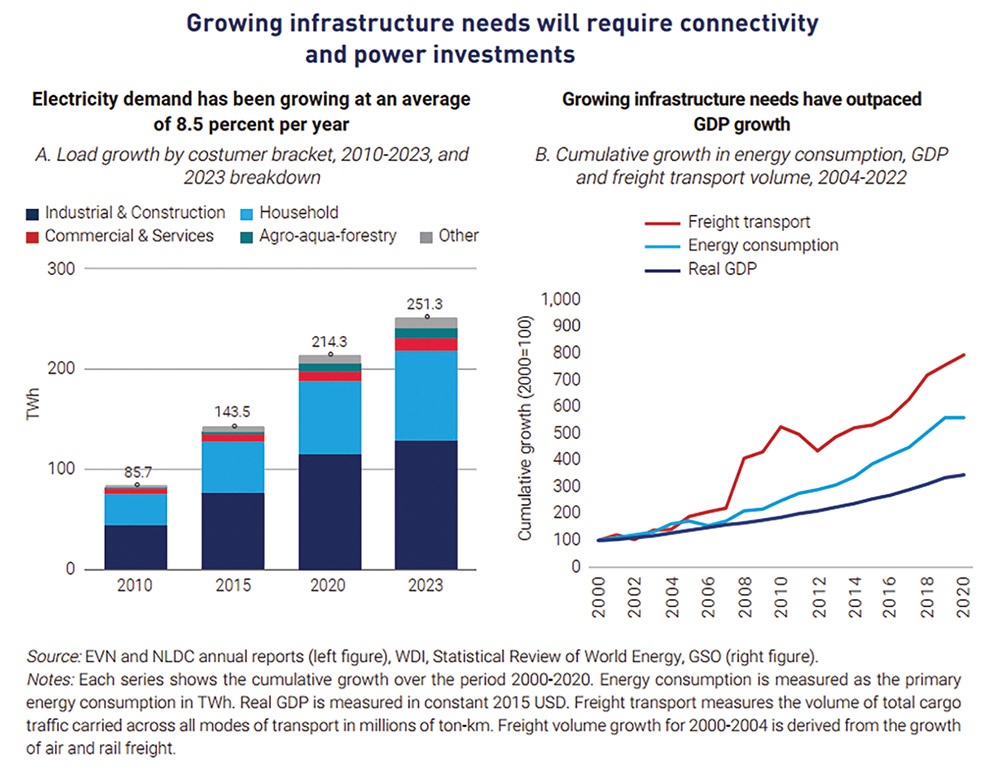 |
In November, the National Assembly adopted the revised Law on Electricity which embraces regulations on nuclear power development, which will help to ensure sufficient electricity for domestic production.
According to the World Bank, Vietnam’s manufacturing-led growth was enabled by the rapid expansion of infrastructure, especially connectivity and power supply.
The expansion of infrastructure and the growth of the manufacturing sector in Vietnam have been closely intertwined, contributing to the country’s economic development over the last 30 years. The expansion of transport, including roads, railways, and waterways, and power infrastructure is crucial to facilitating the manufacturing and export-led growth.
However, energy and transport infrastructure needs could become a constraint to growth going forward. Vietnam’s trade and manufacturing-led growth has been both energy- and transport-intensive in energy. The growth of both energy demand and freight volumes has outpaced the growth of GDP, placing significant demand on infrastructure assets and services, the World Bank said.
The bank pointed out that recent power blackouts and growing road congestion are concrete manifestations of the emerging challenges. “If not addressed, they risk becoming a constraint to future growth. Meeting the steep increase in energy demand will require doubling the existing installed capacity (78GW in 2021) every 10 years and expanding the associated transmission infrastructure,” the bank said. It is estimated that investment requirements in power generation and grid infrastructure in this decade alone stand at $135 billion ($15 billion per year), including private (80 per cent) and public (20 per cent) investments.
The Ministry of Industry and Trade (MoIT) reported that industrial production continues being the largest driver of economic recovery and growth. In the first 11 months of 2024, Vietnam’s index of industrial production (IIP) rose 8.4 per cent on-year, the highest 11-month IIP increase since 2020.
“It is estimated that the whole-year IIP will climb by more than 8 per cent, exceeding the initial plan of 7-8 per cent,” the MoIT said. “Efforts are to be made to reach 9-10 per cent on-year in 2025.”
Also according to the MoIT, in the first 11 months of 2024, the IIP of the manufacturing and processing industry, which is the mainstay of industrial production, increased 9.7 per cent on-year. All key industrial sectors witnessed big growth such as oil and gas, mining, electricity, electronics, telecommunication, IT, metallurgy, steel, cement, garment and textile, machinery, and vehicles, which “will lay firm groundwork for the country’s long-term growth and boost national industrialisation and modernisation.”
Cumulatively as of November 30, foreign direct investment into this industry hit nearly 17,760 projects registered at $303.9 billion, accounting for 61.2 per cent of the total registered, the Ministry of Planning and Investment reported.
However, according to experts, emerging infrastructure bottlenecks could erode the competitiveness of the manufacturing sector. Recent energy shortages were short-lived, but had a significant impact on business.
The MoIT has set a goal that in 2025, total domestically produced and imported power output will reach 347.5 billion, up by about 12.2 per cent as compared to 2024. In which the total power capacity, excluding rooftop solar power, will hit 82,097MW, representing an on-year rise of 6.2 per cent.
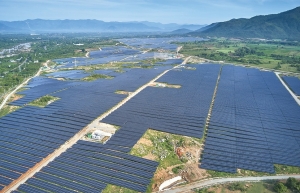 | The case for credit enhancement facilities to bridge infrastructure gap Vietnam needs robust solutions to mobilise the capital required to create bankable infrastructure. Denesh Srishanker, group head of Credit Enhancement Facilities at the Private Infrastructure Development Group, looks at the concept of credit enhancement facilities and how they would help long-term lending for the cause. |
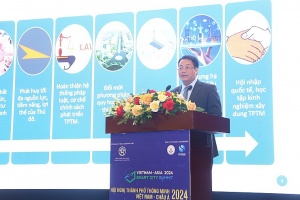 | Hanoi advances comprehensive solutions for smart city development Hanoi is adopting a synchronised approach to smart city development, spanning from macro strategies to investments in infrastructure and data systems. |
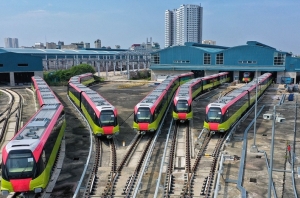 | The Capital Law to help develop Hanoi's railway system The Capital Law, set to take effect in January, permits investment in the development of Hanoi's urban railway system, prioritising the Transit-Oriented Development (TOD) model to ensure modernity, compatibility and sustainability. |
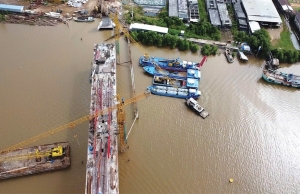 | Ca Mau seeks economic wins via transport infrastructure Ca Mau province is eager to complete transport infrastructure to create economic momentum for the country’s southernmost region. |
What the stars mean:
★ Poor ★ ★ Promising ★★★ Good ★★★★ Very good ★★★★★ Exceptional
Related Contents
Latest News
More News
- Pivotal stage of growth paves way for rise in M&As (December 03, 2025 | 10:00)
- Positive projections for M&A interest from Thailand (December 03, 2025 | 09:40)
- Manifesting the first line of defence in cybersecurity (December 03, 2025 | 09:00)
- The transformational role AI can play in accounting arena (December 03, 2025 | 08:00)
- Unlocking 5G-AI potential in Singapore (December 03, 2025 | 08:00)
- Data-driven strategies vital for a fast-evolving nation (December 02, 2025 | 09:41)
- Policy to practice: how Vietnam can lead the region (November 26, 2025 | 16:03)
- Mobilising private capital at scale vital for climate battle (November 26, 2025 | 15:36)
- VILAF and Yoon & Yang launch Vietnam - Korea Practice Unit (November 26, 2025 | 15:16)
- Trademark disputes challenge foreign firms in Vietnam (November 24, 2025 | 15:30)

 Tag:
Tag:




















 Mobile Version
Mobile Version